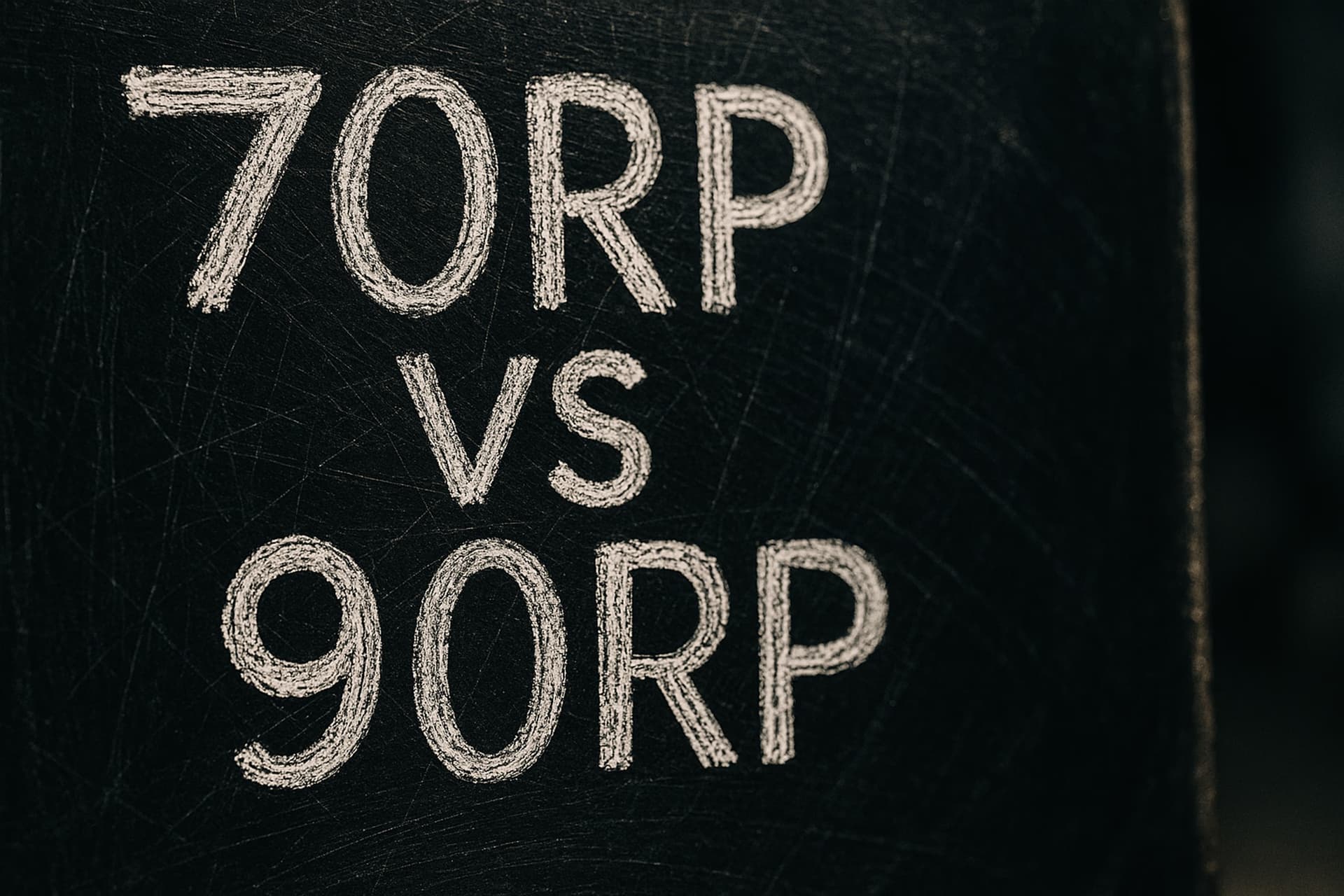Internal Assessments (IA) for the International Baccalaureate (IB)
Download printable cheat-sheet (CC-BY 4.0)12 Jul 2025, 00:00 Z
Join our Telegram study groupQ: What does Internal Assessments (IA) for the International Baccalaureate (IB) cover?
A: A clear, parent- and student-friendly roadmap to the 2025 IB Internal Assessment: mark-scheme anatomy, STEM-savvy topic hacks.
TL;DR
Each IB Diploma subject includes an internally assessed investigation that is teacher-marked and externally moderated. Sciences and Mathematics AA/AI weight the IA at about 20% of the final grade (per the current subject guides). The Group 4/5 guides set five criteria-Personal Engagement, Exploration, Analysis, Evaluation, Communication-totalling 24 marks, with around 10 dedicated class hours. There is no formal word limit, but concise reports that fit within the recommended length in the subject guide are easier to moderate. Start early, keep data/uncertainty handling tight, and align every section to the published criteria.
Status: IB Physics/Chemistry/Biology guides (first assessment 2025) and Mathematics AA/AI guides (first assessment 2021) checked 2025-11-30 - IA remains 20% with five criteria (PE/E/A/EV/C, 24 marks) and ~10 dedicated class hours; no word limit stated.
1 | What the IA Is -and Why Integrated Programme (IP) students Should Care
- Mini-thesis inside the diploma. One individually written investigation per subject, marked by the teacher, then moderated by the IB; Sciences and Mathematics IA weightings are about 20% (confirm in your subject guide).
- Tight frame. The IB sets no fixed word limit; the subject guides ask for clear, concise communication so moderators can read efficiently.
- ≈ 10 classroom hours. Guides for Physics, Chemistry, Biology and Mathematics allocate about 10 “dedicated class hours” to planning, execution and write-up.
- Skill overlap with IP Weighted Assessments (WAs). Planning,
LINESTgradients, ± SE quoting and ACE-style evaluation mirror the A-Level H2 Paper 4 rubric your Y5-6 IP students will meet. - University hook. Selective STEM degrees (e.g. Cambridge Natural Sciences, Imperial Engineering) invite IA/EE titles in supplementary questionnaires, so a Math-Physics crossover project signals depth early.
2 | Mark-Scheme Anatomy (Physics / Maths)
| Criterion | Marks |




